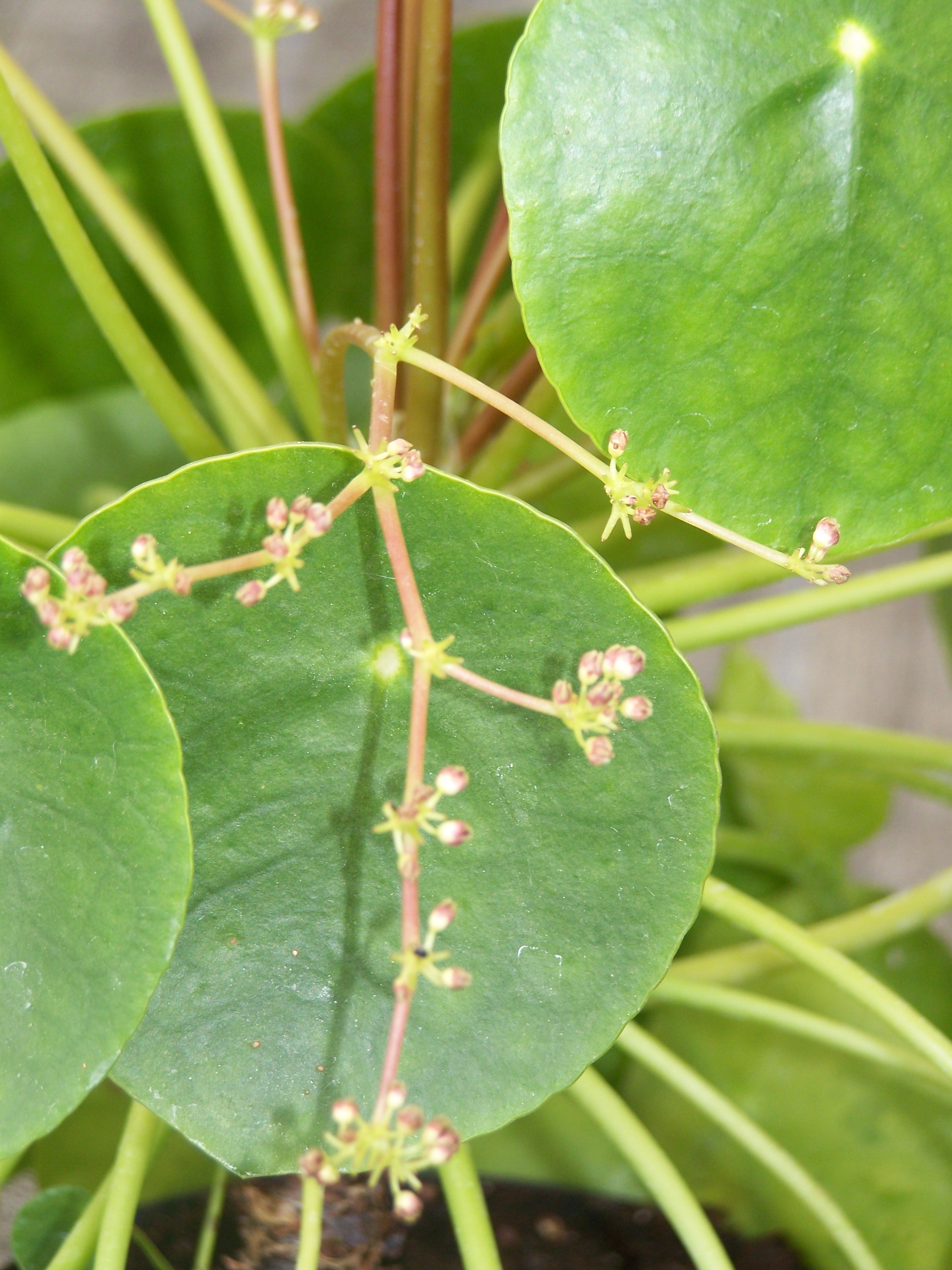
Soil composition and ph levels for Pilea
Soil composition and pH levels play a vital role in the health of Pilea. The ideal soil mix for this plant should be two parts peat moss, two parts perlite, and one part coco coir.
Soil pH should be slightly acidic and between 5.8 to 6.5 in order to provide optimal growing conditions. Soil should remain evenly moist but not soggy for
Pilea to thrive; overwatering can lead to root and stem rot, with brown spots appearing on the leaves.
Regular pruning and light fertilization will help maintain healthy growth; it is best to use a diluted liquid fertilizer once or twice monthly during active growth periods.
Watering Pilea
Watering Pilea is relatively easy, provided you follow the right process. Water your plants regularly and deeply, allowing the soil to dry before watering again; Watering little and often, however, causes mineral salt buildup in your Pilea’s root system.
Additionally, never leave your plant in standing water; if you use a saucer of water beneath the pot, empty it out after 30 minutes. Watering with lukewarm or tepid rainwater prevents shock to sensitive roots and allows for fewer chemical reactions between tap water and your soil’s nutrients.
Finally, adjust the frequency of your Watering to reflect temperatures: obviously in summer when it’s hotter, you’ll need to water more than in winter.

Are there flowers in Pilea?
The short answer is, no. Though the exact reason why is unknown, one theory could be that this particular genus of plants does not need to propagate through flowers.
Unlike other species of plants, which require pollination or the intermixing of genetic material from two parents; Pilea species reproduce asexually due to their rhizomes spreading quickly and easily without any help from visiting insects or animals who spread pollen from flower to flower.
Thus, although it could be argued that flowers may provide aesthetic appeal, they are completely superfluous when it comes to propagating these plants.
Does Pilea produce fruits?
The answer is no. In general, Pilea plants are not known for producing edible fruit; they are grown and propagated mainly for their ornamental foliage.
Most Pilea species produce insignificant, inedible flowers that appear in summer and turn into dry capsules containing small seeds.
Thus, though attractive and attractive to pollinators, the flowers do not provide food.
There’s no need to worry about accidental ingestion or any other risks associated with consuming these fruits – simply admire their unique beauty and enjoy them as part of your houseplant display.

Propagation of Pilea
Propagation of Pilea is the process of multiplication, where a single plant is grown into multiple plants. Propagation can be achieved through cuttings, tissue culture and division with each option having advantages and challenges.
Cuttings are the easiest method as they allow new plants to be grown that are genetically identical to their parent. Tissue culture provides a more controlled environment which promotes optimal growth but it also requires additional resources and equipment to complete.
Division is ideal for when the Pilea has outgrown its pot, by cutting the root ball in two two separate plants can be created without ever having to pick up a scissors or pipette.
To ensure successful propagation, choose a healthy stem node at about 1cm length for cuttings, sterilization of tools if dividing the root system and strict laboratory protocol if working with tissue cultures should always be employed.






